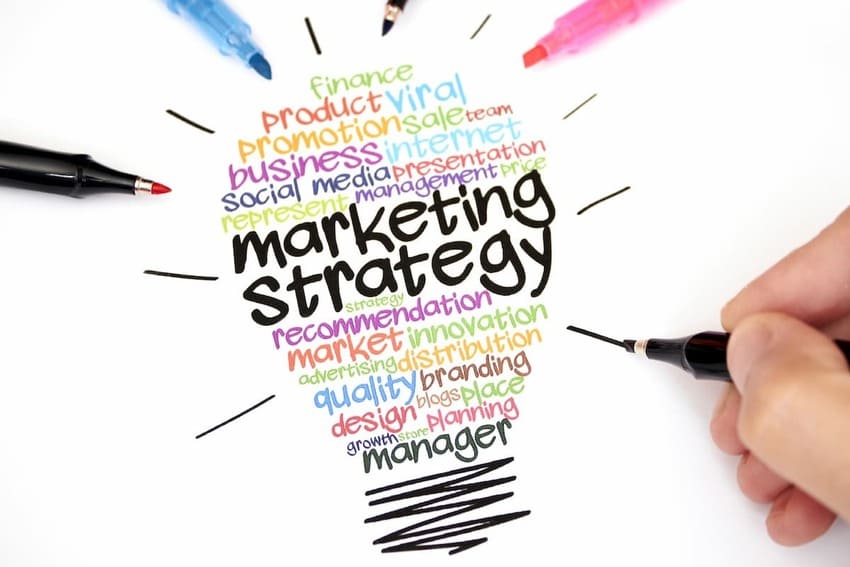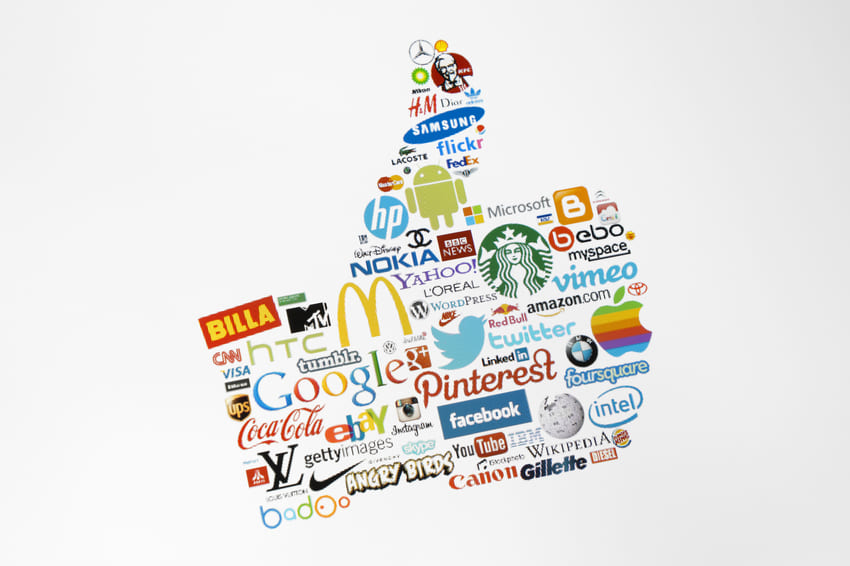In recent years, the integration of aesthetics into various aspects of our daily activities has been evident through capturing moments with a visually pleasing aesthetic, such as when a foodie pauses to take the perfect photo before eating or makes everyone at the table pause to take the perfect shot. Or a player who loves to play best free slots in Australia stops the game to capture the beauty of the gambling moment. The desire to create aesthetically pleasing designs, such as an aesthetic designer who draws inspiration from various sources, including nature, bustling city streets, vintage posters, colour combinations, art, culture, and technology.
By blending these diverse inspirations, they can craft a design that sets them apart from the crowd. While aesthetics undoubtedly play a significant role in shaping perceptions and attracting attention, it is not the only consideration during a design process. Integrating aesthetics and branding into a design process is critical because they have a complementary relationship. For instance, when designing a logo, aesthetics provide visual appeal and attraction, while branding guides the strategic direction to ensure the logo effectively communicates the brand’s message and values. Thus, aesthetics and branding are integral in creating impactful and exceptional designs.
Branding and Its Diverse Branches
Branding has various interpretations, from serving as a visual identity, perception management tool, engagement tool, commitment tool, and strategic tool. When viewed as a strategic tool, branding is regarded as assets that strategically enhance the value a company, product, or service offers. It entails developing a unique brand identity that distinguishes it from competitors and intrigues the customer interest, positioning it strategically in markets and capturing a wider audience. Branding has different forms, which all serve a unique role in the establishment and communication of the identity of a product or company. The following are some common forms of branding:
- Visual branding: It involves visual elements such as fonts, imaging, colours, and logos, which collectively represent a brand and facilitate appealing and memorable recognition to customers.
- Product branding: Product branding’s primary focus is directing attention to the packaging designs, product features, and strategic positioning of products within a brand to differentiate them from competitors.
- Verbal branding: Verbal branding, just like advertising, includes communicating the brand names, tags, messages, and the brand’s unique personality and values through languages.
- Digital branding: Digital branding uses digital platforms such as social media, websites, and emails to broaden brand availability, engaging remote access and covering a wide range of populations. This expansive reach increases the recognition and engagement of the products.
- Employment branding: Employer branding involves showcasing a company’s culture, values, and unique benefits to attract and retain Skilled employees. It is achieved through strategic communication and positioning efforts, making the company an appealing employer.
- Engagement branding: This branding creates impactful, engaging, and good customer experiences through various interactions such as exceptional customer care services, hosting events, in-store experiences, and offering rewards and bonuses.
- Organisational branding: This encompasses the overall perception of the whole company, such as its culture, marketing campaigns, visual elements like logos, core values, and corporate communications, to ensure the company’s awareness among stakeholders and build a positive reputation.
While there are various forms of branding, integrating all these forms into a product or service is essential for building a solid brand with lasting viability and effectiveness. While visual branding, such as logo design, plays a crucial role in creating an appealing look that attracts customers, other forms, such as digital, verbal, product, employment, organisation, and engagement, are equally vital. These various forms of branding are complementary entities, working together to create a unified brand identity and messaging that resonates with consumers and depicts the brand’s unwavering loyalty.
Let’s delve into the strategic role of Branding in a design process with a specific focus on logo designs.
Unveiling the Strategic Role of Branding in Logo Design
The strategic role of branding in logo design encompasses various factors, from conveying the value proposition offered by the brand to fulfilling the needs of the customers. The following outlines the strategic role of branding in logo designs
- Differentiation: Colors in a logo design might be generic, but branding is specific to each design. Therefore, in a room full of various designs, branding moulds the perception of that design and sets it apart from others in the market.
- Identification: Branding serves as a means of recognition through visual elements such as logos, colours, and font styles peculiar to a specific product or company.
- Flexibility: Flexibility in branding ensures adaptability to customer requests, changing market conditions, and cultural dynamics and thus serves as a strategic approach to ensure its relevance in the marketplace.
- Trust: Branding cultivates trust and builds positive customer experiences by instilling confidence through consistent messages and high-quality services.
- Legal coverage: Branding in logo designs ensures professionalism, provides exclusive ownership, and offers legal trademarks to prevent unauthorised use by third parties.
- Investment attraction: Branding can serve as a strategic tool to spike the interest of potential investors, fundraising companies, and shareholders through solid reputation and equity.
- Extensive coverage: Branding in logo designs can be a powerful tool for broadening the scope of a brand’s influence, enabling it to effortlessly extend its reach into new markets and diversify its product range.
- Bridging barriers: Branding in logo designs is made universally understandable, overcoming cultural and linguistic differences to resonate with a diverse audience and promote inclusivity and understanding in global markets.
- Resilience: Branding in logo designs serves as a flag of stability and confidence. During challenging times, they depict the brand’s commitment to its customers, thus protecting its viability and reinforcing trust.
- Emotional bonds: Branding in logo design creates the power to forge deep connections with customers by evoking positive emotions such as happiness, amazement, and excitement. These emotional experiences help to build loyal and lasting relationships with their customers.
- Digital accessibility: Incorporating branding in logo designs into digital devices helps brands optimise their effectiveness and ensure widespread accessibility, allowing customers from anywhere in the world to engage with their brand remotely.
Future Outlook of Branding in Logo Designs
The future of branding in logo designs will be heavily influenced by several factors, such as technological progress, shifting customer preferences, interactive logos, personalised experiences, augmented reality, virtual reality, cultural inclusivity, and evolving societal values. Brands that integrate these ideas and professionalism in their logo designs will have strategic advantages in accessing customers and excel in the evolving marketplace.
“Branding plays a crucial role in crafting captivating logo designs and shaping a brand’s identity. Its strategic importance extends beyond mere planning; it is an ongoing journey of adaptation and creativity, essential for resonating with your audience and maintaining relevance in a fiercely competitive world.”










